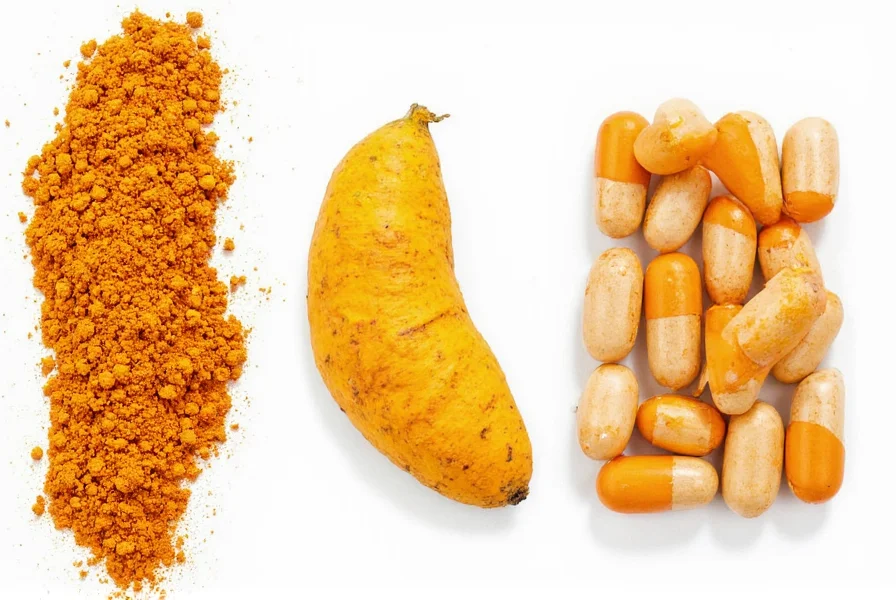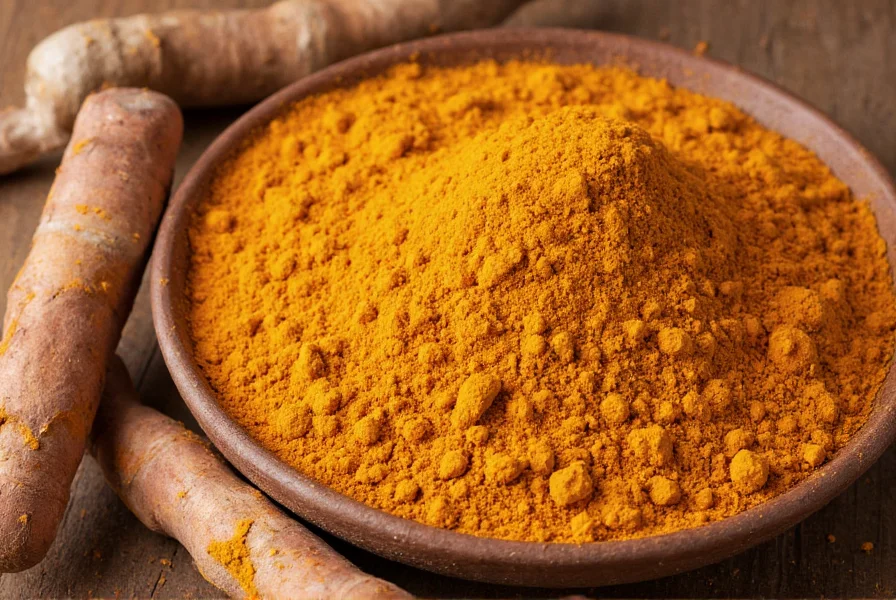Turmeric (Curcuma longa) stands as one of the world's most recognizable and historically significant spices. This perennial plant grows up to three feet tall in tropical climates and produces trumpet-shaped yellow flowers alongside its valuable underground rhizomes. When harvested, these knobby rhizomes are boiled, dried, and ground to create the vibrant powder that flavors curry dishes and gives mustard its characteristic yellow hue.
Botanical Background and Origins
Belonging to the Zingiberaceae family (which includes ginger and cardamom), turmeric is a tropical plant requiring temperatures between 68-86°F (20-30°C) and substantial rainfall to thrive. Historical evidence suggests turmeric originated in Southeast Asia, with cultivation spreading to India around 3,000 years ago. India remains the largest producer and consumer of turmeric globally, accounting for approximately 80% of worldwide production.
The turmeric plant features large, oblong leaves and pale yellow flowers that grow on separate stems from the rhizomes. Unlike ginger, which has a more fibrous texture, turmeric rhizomes are dense and starchier, with a deep orange interior that releases its characteristic pigment when cut or grated.
Historical Significance and Traditional Uses
Ancient Sanskrit texts from 500 BCE document turmeric's use in Ayurvedic medicine for treating inflammation, wounds, and digestive issues. Traditional Chinese medicine practitioners have similarly utilized turmeric for centuries to address pain and menstrual difficulties. Beyond medicinal applications, turmeric holds cultural significance in Hindu traditions, where it symbolizes prosperity and purity, often used in wedding ceremonies and religious rituals.
Culinary adoption of turmeric spread from Asia to Africa and the Middle East through ancient trade routes. European explorers encountered the spice in the 13th century, initially mistaking it for a relative of saffron—hence its nickname "Indian saffron." The spice eventually reached the Americas through colonial trade, though it didn't gain widespread popularity in Western cuisine until the late 20th century.
| Characteristic | Description |
|---|---|
| Scientific Name | Curcuma longa |
| Plant Family | Zingiberaceae (Ginger family) |
| Native Region | Southeast Asia and India |
| Primary Active Compound | Curcumin (diferuloylmethane) |
| Color Profile | Bright yellow-orange |
Chemical Composition and Key Components
The distinctive properties of turmeric come primarily from curcuminoids, a group of compounds that make up about 2-8% of raw turmeric. Curcumin represents approximately 75% of these curcuminoids, with demethoxycurcumin and bisdemethoxycurcumin comprising the remainder. These compounds give turmeric its vibrant color and are the focus of most scientific research regarding turmeric's potential benefits.
Nutritionally, one tablespoon (6 grams) of ground turmeric contains approximately:
- 29 calories
- 0.9 grams of protein
- 0.9 grams of fat
- 6.3 grams of carbohydrates
- 2.1 grams of fiber
- Significant amounts of manganese and iron
- Smaller amounts of potassium, vitamin C, and B vitamins
Modern Applications and Research Areas
Today, turmeric serves multiple purposes across various industries. In culinary applications, it remains essential in South Asian and Middle Eastern cuisines, providing both color and earthy flavor to dishes. The food industry also uses turmeric as a natural coloring agent (E100) in products ranging from cheese to mustard.
Scientific research has explored turmeric's potential effects on several health areas, including inflammation response, joint health, and cognitive function. Researchers note that curcumin has poor bioavailability on its own, which is why many studies examine it in combination with piperine (from black pepper) to enhance absorption. While promising, experts emphasize that most research remains preliminary, and turmeric should not replace conventional medical treatments.

Distinguishing Turmeric from Related Substances
Many people confuse turmeric with ginger due to their similar appearance and botanical relationship. While both are rhizomes from the Zingiberaceae family, they differ significantly. Ginger has a lighter yellow interior and more fibrous texture, while turmeric features a deep orange color and denser structure. Turmeric also has a more earthy, slightly bitter flavor compared to ginger's sharper, spicier profile.
Another common point of confusion involves the relationship between turmeric and curcumin. Turmeric contains curcumin as one of its active compounds, but they are not interchangeable terms. Curcumin represents only about 3% of turmeric by weight, though it's the most studied component. Supplements often contain concentrated curcumin extracts rather than whole turmeric.

Practical Considerations for Using Turmeric
When incorporating turmeric into your diet, consider these practical tips:
- Fresh turmeric root provides more intense flavor than powdered forms and can be grated into smoothies or teas
- Pairing turmeric with black pepper (which contains piperine) may enhance curcumin absorption by up to 2,000%
- Adding turmeric to fat-containing dishes improves the absorption of its fat-soluble compounds
- Wear gloves when handling fresh turmeric to avoid staining your hands
- Store ground turmeric in an airtight container away from light to preserve potency
Frequently Asked Questions
What is the difference between turmeric and curcumin?
Turmeric is the spice derived from the Curcuma longa plant's rhizomes, while curcumin is one specific compound within turmeric. Curcumin represents approximately 2-8% of turmeric's composition and is responsible for its bright yellow color. Turmeric contains other compounds including demethoxycurcumin and bisdemethoxycurcumin, plus essential oils and nutrients.
What is turmeric used for in traditional medicine?
Traditional medicine systems like Ayurveda and Traditional Chinese Medicine have used turmeric for thousands of years to address inflammation, wound healing, digestive issues, and skin conditions. Ancient practitioners valued turmeric for its perceived anti-inflammatory and antioxidant properties, often preparing it as a paste for topical application or steeping it in warm milk for internal consumption.
What does turmeric look like in its natural form?
In its natural form, turmeric appears as knobby, brown-skinned rhizomes resembling ginger but typically smaller and with a more intense orange interior. Fresh turmeric rhizomes feel firm and heavy for their size, with a rough, bark-like exterior. When cut open, they reveal vibrant orange flesh that can temporarily stain surfaces and skin yellow-orange.
What is the best way to absorb turmeric's benefits?
Research suggests combining turmeric with black pepper (which contains piperine) can increase curcumin absorption by up to 2,000%. Since curcumin is fat-soluble, consuming turmeric with healthy fats like olive oil or coconut milk also enhances absorption. Heating turmeric slightly, as when cooking, may improve bioavailability compared to consuming it raw.
What is turmeric's role in cooking beyond adding color?
Beyond its coloring properties, turmeric contributes an earthy, slightly bitter flavor with subtle peppery notes to dishes. It works as a flavor base in many curry preparations and complements other spices like cumin, coriander, and ginger. In traditional cooking, turmeric also serves as a natural preservative due to its antimicrobial properties, helping extend the shelf life of prepared foods.











 浙公网安备
33010002000092号
浙公网安备
33010002000092号 浙B2-20120091-4
浙B2-20120091-4